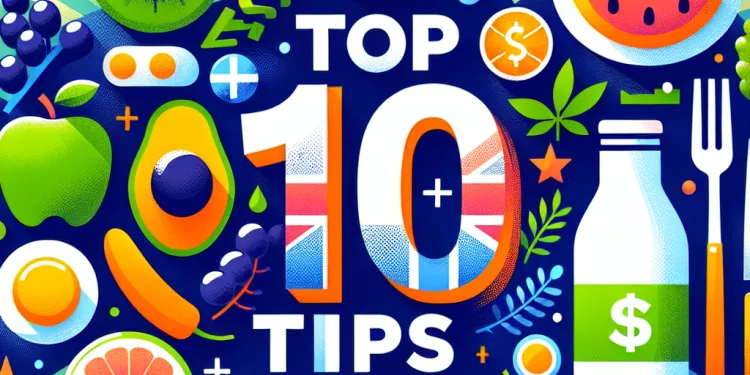
Find Help
More Items From Ergsy search
-
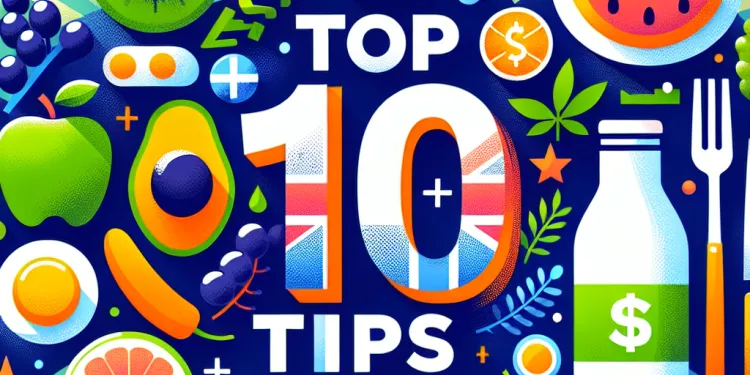
Top 10 Tips for Healthy Eating
Relevance: 100%
-
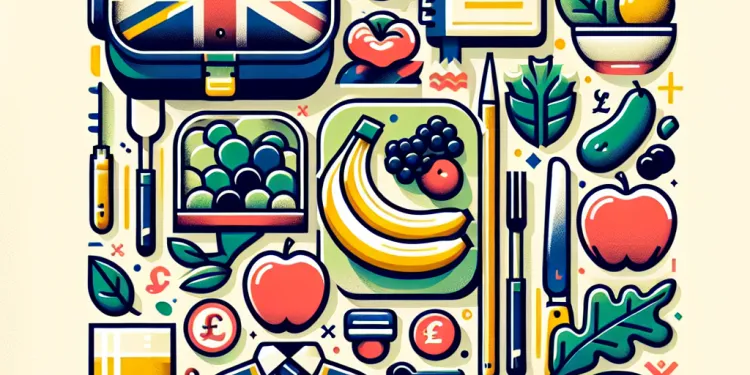
Is there a focus on healthy eating in UK school meals?
Relevance: 82%
-

The treatment approach for an eating disorder
Relevance: 65%
-
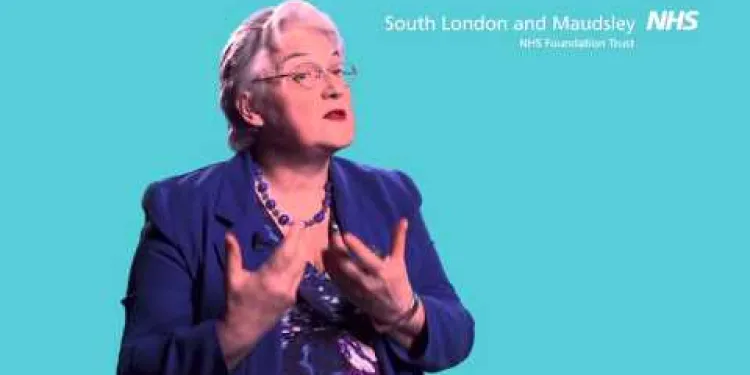
Eating disorders: treatment
Relevance: 61%
-

Jess Rann - Specialist Eating Disorders Dietitian
Relevance: 61%
-
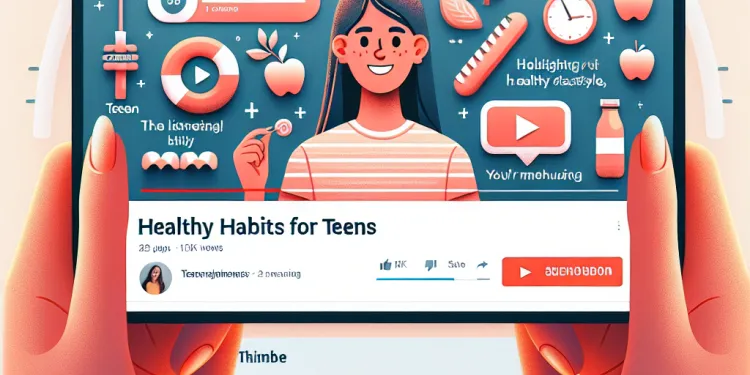
Healthy Habits for Teens
Relevance: 59%
-
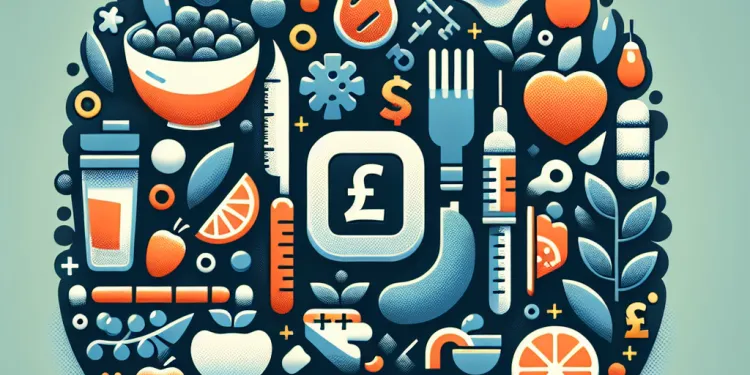
What can I eat if I have Type 2 Diabetes?
Relevance: 58%
-

What are Healthy Start vouchers in the UK?
Relevance: 53%
-

What are Healthy Start vouchers?
Relevance: 53%
-

What are Healthy Start vouchers?
Relevance: 52%
-
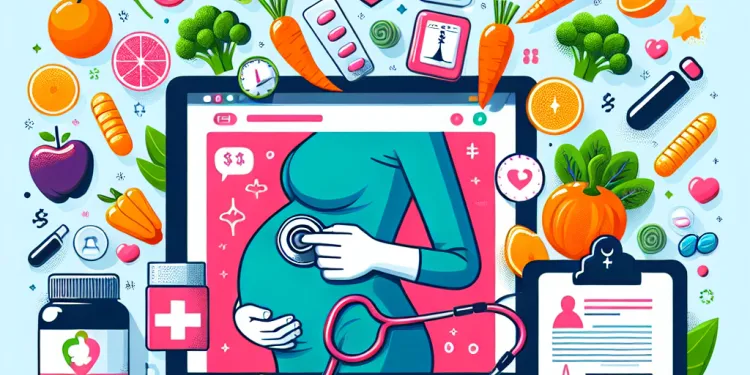
Nutrition for Pregnancy: What to Eat
Relevance: 51%
-

Who is eligible for Healthy Start vouchers?
Relevance: 50%
-

What should I eat to help with chronic kidney disease?
Relevance: 49%
-

Who is eligible for Healthy Start vouchers?
Relevance: 48%
-

What can I buy with Healthy Start vouchers?
Relevance: 48%
-

How can I apply for Healthy Start vouchers?
Relevance: 48%
-
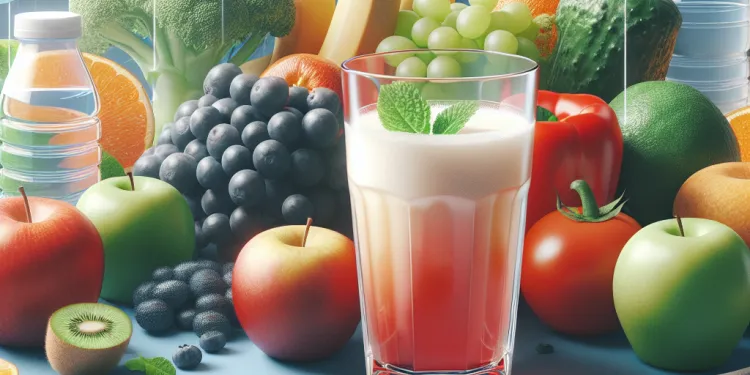
What should I eat or drink if I have norovirus?
Relevance: 48%
-
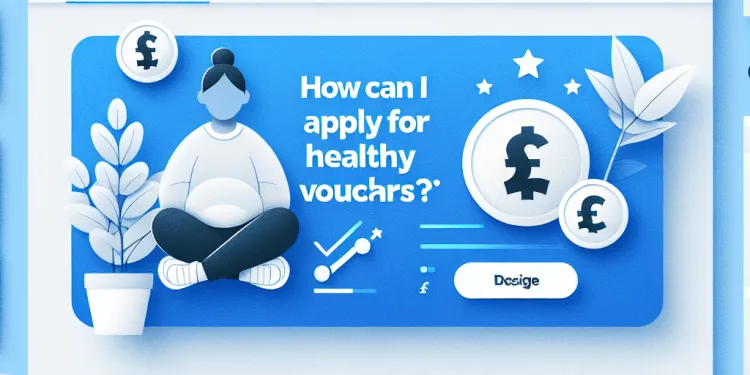
How can I apply for Healthy Start vouchers?
Relevance: 48%
-

What foods are best to eat during a heatwave?
Relevance: 48%
-
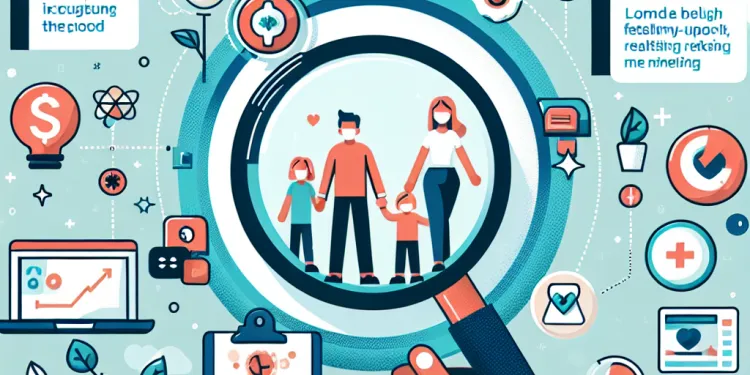
Healthy Family Lifestyle Tips Post-Pandemic
Relevance: 45%
-
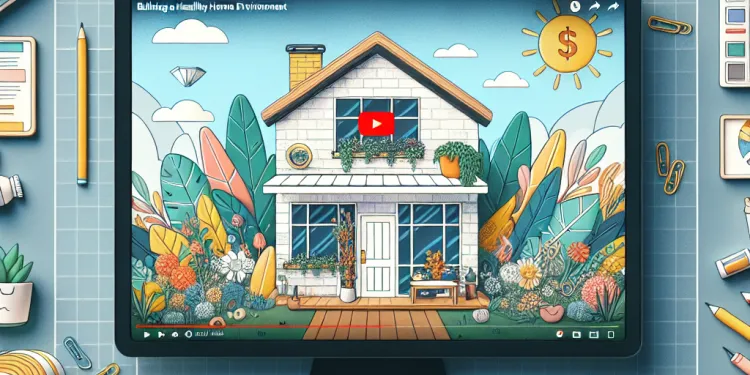
Building a Healthy Home Environment
Relevance: 45%
-
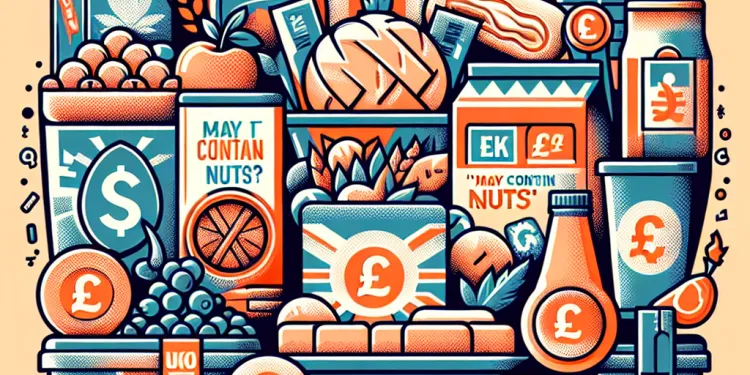
Is it safe to eat foods labeled as 'may contain nuts'?
Relevance: 33%
-

How are school meals provided in the UK?
Relevance: 29%
-
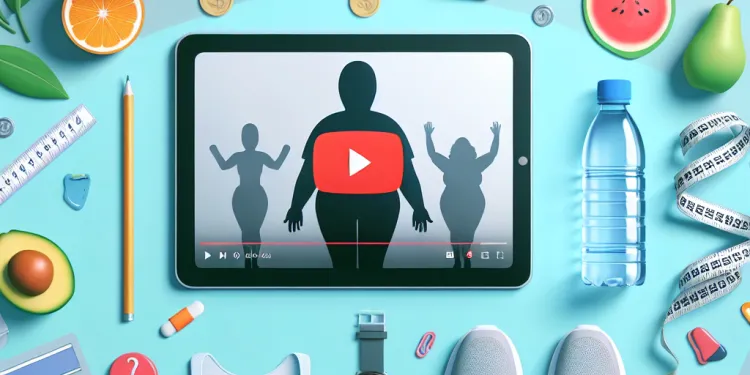
How can obesity be prevented?
Relevance: 28%
-
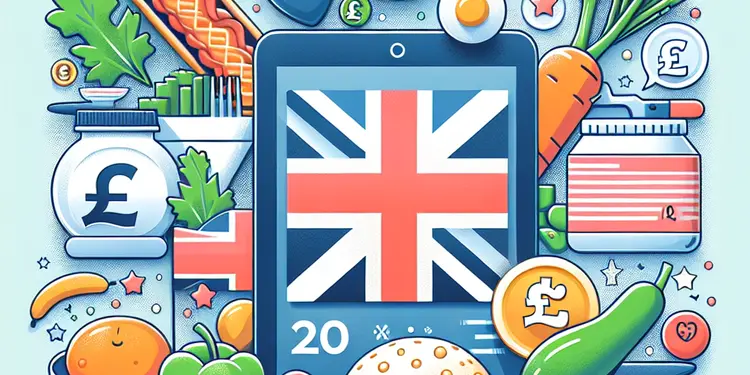
Are there dietary recommendations while taking Wegovy?
Relevance: 27%
-

What is the purpose of providing school meals in the UK?
Relevance: 27%
-

Do you need to follow a specific diet while on Wegovy?
Relevance: 24%
-

What is the DASH diet?
Relevance: 24%
-
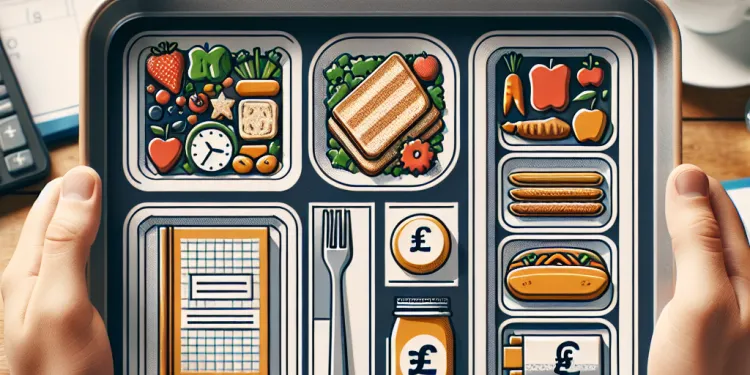
Are there educational components to the school meal program?
Relevance: 23%
-

Calls for Better School Lunch Standards After Nationwide Survey
Relevance: 23%
-
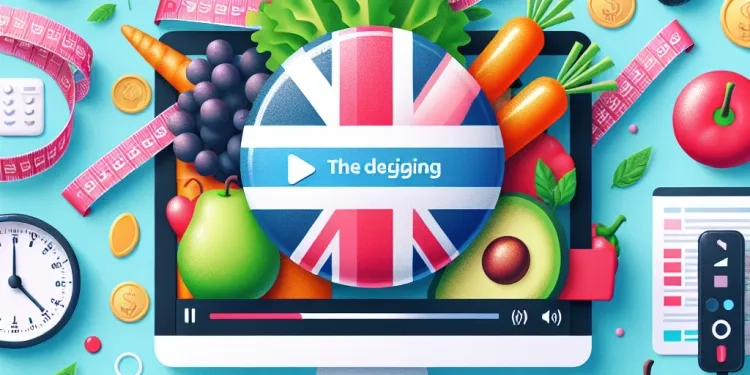
What role does diet play in managing obesity?
Relevance: 22%
-
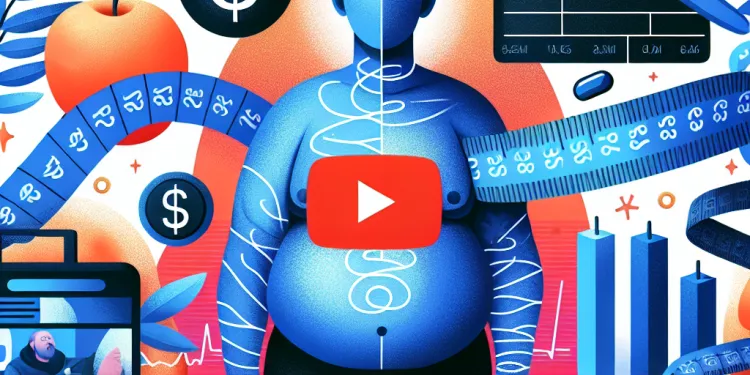
What is the impact of obesity on mental health?
Relevance: 22%
-
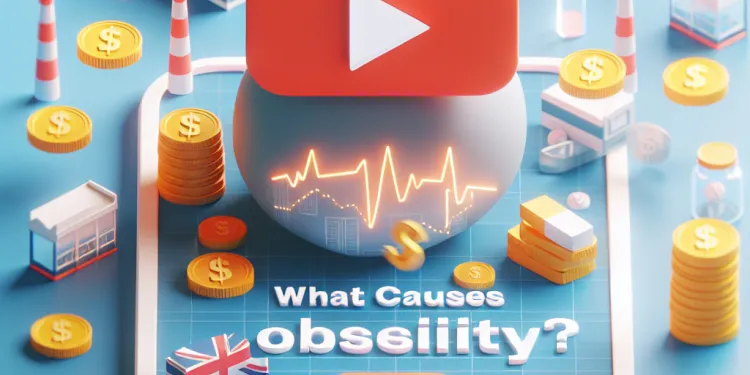
What causes obesity?
Relevance: 20%
-

Anorexia nervosa | NHS
Relevance: 20%
-

What to do if you have heartburn or indigestion
Relevance: 19%
-
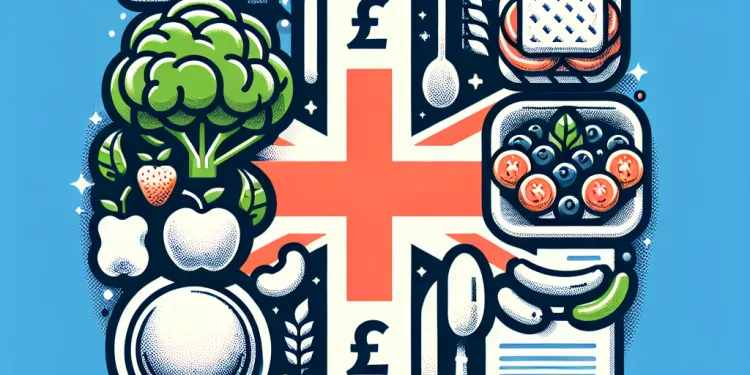
Are vegetarian or vegan options available in UK school meals?
Relevance: 19%
-

Are there any native mosquito predators in the UK?
Relevance: 19%
-

Can diet influence cortisol levels?
Relevance: 19%
-

Anorexia nervosa | NHS
Relevance: 19%
-

Study Finds Alarming Increase in Childhood Obesity Rates Post-Pandemic
Relevance: 18%
Top 10 Tips for Healthy Eating
1. Embrace a Balanced Diet
A balanced diet is key to maintaining good health. It should include a variety of foods from all the major food groups: fruits, vegetables, proteins, dairy, and grains. In the UK, the Eatwell Guide is a great resource to help you understand the portions and choices to make for a balanced diet.
2. Incorporate More Fruits and Vegetables
Eating a variety of fruits and vegetables will provide essential vitamins, minerals, and fiber. Aim for at least five portions a day, which can include fresh, frozen, or canned options. Remember, a portion is roughly a handful, so keep that in mind when serving.
3. Stay Hydrated
Proper hydration is essential for overall health. Try to drink 6-8 glasses of fluid a day, including water, lower-fat milk, sugar-free drinks, tea, and coffee. In the UK, tap water is safe to drink and a great choice for staying hydrated.
4. Choose Whole Grains
Whole grains are more nutritious than refined grains as they contain more fiber and nutrients. Opt for whole grain bread, pasta, and cereals to improve your digestive health and keep you feeling fuller for longer.
5. Cut Back on Sugar
Excessive sugar intake can lead to weight gain and tooth decay. Be mindful of the sugar in your diet, especially hidden sugars in processed foods and beverages. Read food labels and choose products with lower sugar content whenever possible.
6. Keep an Eye on Salt
High salt intake can lead to increased blood pressure and cardiovascular issues. Adults should aim for no more than 6g of salt a day. Reduce your salt intake by cooking at home and avoiding processed and ready-made meals that often contain excess salt.
7. Eat Healthy Fats
Not all fats are bad for you. Replace saturated fats with unsaturated fats found in oily fish, avocados, nuts, and seeds. These healthy fats can support heart health and improve cholesterol levels. Use olive oil or rapeseed oil for cooking instead of butter or lard.
8. Watch Your Portion Sizes
Controlling portion sizes is crucial for maintaining a healthy weight. Be mindful of the quantities you are consuming, especially with high-calorie foods. Use smaller plates and be conscious of serving sizes stated on food packaging.
9. Limit Alcohol Consumption
Alcohol is high in calories and can contribute to weight gain and other health issues. The UK Chief Medical Officers recommend not drinking more than 14 units a week, spread evenly over three or more days. Try having several alcohol-free days each week.
10. Plan Your Meals
Meal planning can help you make healthier choices and avoid last-minute, unhealthy options. Take some time each week to design a menu that includes a variety of nutritious meals. Shopping with a list can also ensure you buy ingredients that support your healthy eating goals.
Top 10 Tips for Healthy Eating
1. Eat a Variety of Foods
Eating different types of food keeps you healthy. Try to have fruits, vegetables, proteins (like meat, fish, or beans), dairy (like milk or cheese), and grains (like bread or rice). A guide called the Eatwell Guide in the UK can help you choose the right amounts of these foods.
2. Eat More Fruits and Veggies
Fruits and veggies are full of good stuff like vitamins and fiber. Aim to eat five handfuls of fruits and vegetables each day. You can eat them fresh, frozen, or canned. Remember, a portion is about the size of your hand.
3. Drink Plenty of Water
Drinking water helps you stay healthy. Try to drink 6-8 glasses each day. This can include water, tea, and coffee without sugar. Tap water in the UK is safe and helps keep you hydrated.
4. Choose Whole Grains
Whole grains like brown bread and pasta have more nutrients and fiber. They help your digestion and keep you full longer. Try to eat whole grains instead of white bread or pasta.
5. Eat Less Sugar
Too much sugar is not good for your teeth and can make you gain weight. Check food labels and try to eat less sugar, especially from sweets and sugary drinks. Look for foods with less sugar.
6. Use Less Salt
Eating too much salt can make your blood pressure high. Adults should have less than 6g of salt each day. Cook at home to control salt amounts and avoid ready-to-eat meals with a lot of salt.
7. Eat Good Fats
Some fats are good for you, like those from fish, avocados, nuts, and seeds. These can help keep your heart healthy. Use oils like olive oil for cooking instead of butter.
8. Watch How Much You Eat
Eating too much, especially high-calorie foods, can make you gain weight. Use smaller plates and read food packaging to understand portion sizes.
9. Drink Less Alcohol
Alcohol has lots of calories. It’s better to drink less to avoid weight gain and health issues. In the UK, it's advised not to drink more than 14 units of alcohol each week. Try to have days without alcohol.
10. Plan Your Meals
Planning meals helps you eat healthy food. Spend time each week to choose what you will eat. Make a shopping list to help buy the right foods.
Frequently Asked Questions
What are the top 10 tips for healthy eating?
1. Eat a variety of foods. 2. Base meals on higher fibre starchy carbohydrates. 3. Eat lots of fruit and veg. 4. Eat more fish, including a portion of oily fish. 5. Cut down on saturated fat and sugar. 6. Eat less salt. 7. Get active and be a healthy weight. 8. Do not get thirsty, drink plenty of fluids. 9. Do not skip breakfast. 10. Read labels on packaged foods.
Why is it important to eat a variety of foods?
Eating a variety of foods ensures you get a range of nutrients necessary for good health, as no single food can provide all the nutrients your body needs.
What are higher fibre starchy carbohydrates?
Higher fibre starchy carbohydrates include whole grains like wholewheat, brown rice, oats, and wholemeal bread which help in digestion and maintaining energy levels.
How many portions of fruit and vegetables should I eat each day?
Aim to eat at least five portions of a variety of fruit and vegetables each day to ensure you’re getting essential vitamins, minerals, and fibre.
Why should I eat more fish?
Fish is a good source of protein and contains many vitamins and minerals. Aim to eat at least two portions of fish a week, including one of oily fish like salmon or mackerel, which are high in omega-3 fats.
How can I reduce saturated fat and sugar in my diet?
To reduce saturated fat, choose lean cuts of meat, low-fat dairy products, and cook with plant-based oils. To reduce sugar, limit sugary drinks, sweets, and desserts, and opt for alternatives like fruits to satisfy your sweet cravings.
What are some ways to reduce salt intake?
Avoid adding salt during cooking and at the table, use herbs and spices for flavour, check labels on processed foods, and choose lower-sodium options.
How does physical activity contribute to healthy eating?
Being active helps you balance the calories you consume with the calories you use, maintaining a healthy weight, improving cardiovascular health, and reducing the risk of chronic diseases.
What fluids are best for staying hydrated?
Water is the best choice for staying hydrated. Other options include milk, herbal teas, and limited amounts of pure fruit juice and no-added-sugar drinks.
Why is breakfast important?
Breakfast provides energy for the day ahead and essential nutrients that are important for good health. Options like wholegrain cereal, yoghurt, and fruit are nutritious choices.
How can I use food labels to make healthier choices?
Food labels provide information on the nutritional content of foods, such as calories, fats, sugars, and salt. Use them to compare products and choose options that are lower in these while higher in fibre and nutrients.
What are some healthy snack options?
Healthy snacks include fruits, vegetables, unsalted nuts, low-fat yoghurt, and wholegrain options like oats or wholemeal bread.
Can I have treats and still eat healthily?
Yes, you can have treats occasionally. The key is balance and moderation, ensuring treats do not replace nutritious foods.
How can I maintain a healthy weight?
Maintain a healthy weight by balancing the energy you consume through food and drink with the energy you use through physical activity. Eat a variety of foods, watch portion sizes, and stay active.
What is one tip for mindful eating?
One tip for mindful eating is to eat slowly and without distractions like television or smartphones. This helps you enjoy your food, recognize hunger and fullness cues, and prevent overeating.
What are the top 10 tips for healthy eating?
Here are 10 tips to eat healthy:
- Eat lots of fruits and veggies. They are good for you!
- Drink water instead of sugary drinks. Water keeps you healthy.
- Choose whole-grain bread and pasta. They are healthier than white bread and pasta.
- Eat lean meats like chicken and fish. They are good for your muscles.
- Try not to eat too much fast food. It’s not very healthy.
- Watch your portion sizes. Don't eat too much at once.
- Snack on nuts and seeds. They are healthy and tasty.
- Limit sweets and desserts. They have lots of sugar.
- Eat more meals at home. Home-cooked meals are healthier.
- Listen to your body. Eat when you are hungry and stop when you are full.
Some tools can help you eat healthy:
- Make a shopping list before going to the grocery store.
- Plan your meals for the week.
- Use a smaller plate to help with portion sizes.
1. Eat different types of food. 2. Have meals with wholegrain bread, pasta, or potatoes. 3. Eat lots of fruits and vegetables. 4. Eat more fish. Try to eat oily fish like salmon. 5. Eat less butter, cakes, and sweets. 6. Use less salt. 7. Move your body and stay at a healthy weight. 8. Drink lots of water so you do not get thirsty. 9. Eat breakfast every day. 10. Look at food labels in the store.
Why should you eat different types of food?
Eating different types of food is good for your health. Your body needs many things like vitamins and minerals to grow and stay strong. No single food has everything your body needs.
Here are some tips to help you eat different foods:
- Try fruits and vegetables of different colors. Each color has special things that are good for you.
- Eat grains like rice, bread, and pasta. Choose whole grains when you can.
- Include meat, fish, eggs, or beans. These give your body protein, which helps build muscle.
You can use these tools to help you:
- Food charts can show you what a healthy meal looks like.
- Apps on phones can help you keep track of the foods you eat.
Remember, eating different foods helps you stay healthy and strong!
It's good to eat different kinds of food. This helps you get lots of different nutrients that keep you healthy. No one food has all the nutrients your body needs.
What are high-fiber starchy carbohydrates?
Starchy foods give us energy. They are things like bread, rice, pasta, and potatoes. These foods can have fiber, which helps our tummy feel good.
High-fiber starchy foods are the ones with more fiber. They are better for our health. Some examples are whole grain bread, brown rice, and whole wheat pasta.
Here are some tips to make it easy to understand:
- Look for words like "whole grain" or "whole wheat" on the package.
- Choose brown rice instead of white rice.
- Eat potatoes with the skin on for more fiber.
If reading is hard, try these ideas:
- Ask someone to read with you.
- Use apps that read text aloud.
- Look at pictures of high-fiber foods to help understand.
Some foods have lots of fibre, which is good for your tummy and gives you energy. These foods are brown rice, oats, wholewheat, and wholemeal bread.
How much fruit and vegetables should I eat each day?
Eat 5 portions of fruit and vegetables every day. This helps you stay healthy and strong.
You can use a chart or app to track your portions.
Ask a grown-up or friend for help if you need it.
Try to eat at least five different fruits and vegetables every day. This helps you get important things your body needs, like vitamins, minerals, and fibre.
Why is it good to eat more fish?
Fish is good for your body. It has lots of protein, vitamins, and minerals. Try to eat fish twice a week. Include oily fish like salmon or mackerel because they have good fats called omega-3.
If you find it hard to read this, you can use a ruler or your finger to help you follow the lines. Ask someone to read it with you, or use tools like audiobooks to listen to the information.
How can I eat less bad fat and sugar?
Here are some tips to help you eat less bad fat and sugar:
- Eat more fruits and veggies: They are good for you and have less bad stuff.
- Choose lean meats: Pick meats with less fat, like chicken or turkey.
- Read food labels: Look at the labels to see how much sugar and fat are in the food.
- Cook at home: Making your own meals can help you control what's in them.
- Drink water: Choose water instead of sugary drinks like soda.
- Snack smart: Pick snacks like nuts or yogurt instead of chips or candy.
If you find reading hard, you can:
- Ask someone to read with you.
- Use a ruler or finger to help follow the words.
- Listen to audiobooks or watch videos on healthy eating.
To eat less bad fat, pick meats with less fat, choose low-fat milk or cheese, and use oils that come from plants when you cook. To eat less sugar, drink less fizzy drinks, eat fewer sweets and cakes. Try eating fruits instead when you want something sweet.
How can I eat less salt?
When you cook, don't add extra salt. Try using herbs and spices to make your food taste nice. Look at the labels on packaged foods and try to pick ones with less salt in them.
How does exercise help you eat better?
Exercise is when you move your body a lot. It can help you eat better because:
- Exercise can make you feel good and happy. When you feel good, you might want to eat more healthy foods.
- Moving your body helps it work well. A healthy body can make you want to eat fruits and vegetables.
- When you play sports or run, your body needs energy. Healthy food gives you the energy you need.
If reading is tricky, try these helpful tips:
- Ask someone to read with you.
- Use pictures to help understand words.
- Read out loud and take your time.
Moving your body helps you use up the energy from food. This helps keep you at a healthy weight. It is good for your heart and keeps you from getting sick.
What drinks help you stay healthy and not thirsty?
Water is the best drink to keep you from getting thirsty. You can also drink milk or herbal tea. It's okay to have a little bit of pure fruit juice or drinks without added sugar too.
Why is breakfast important?
Breakfast is the first meal of the day. It helps you start your day with energy. Eating breakfast can make you feel good and help you focus at school or work. Try to eat foods like cereal, eggs, or fruit. If reading is hard, ask someone to read with you or use picture clues to help.
Having breakfast gives you energy to start your day. It also gives your body important things it needs to stay healthy. Eating foods like wholegrain cereal, yogurt, and fruit is good for you.
How can I use food labels to make healthier choices?
Food labels have important information. They tell you what is in the food. Here is how you can use them to pick healthier food:
1. Look for the nutrition facts table: This table is on the back or side of the package. It tells you about calories, fat, sugar, salt, and more.
2. Check the serving size: The information is for one serving. Make sure you know how much you are eating.
3. Choose foods with less sugar and salt: Try to pick foods with less sugar and less salt. They are better for you.
4. Find the ingredients list: The list shows everything in the food. The first thing in the list is the most. Try to avoid foods with too many long, hard words.
Helpful tools:
- Use a magnifying glass: Labels can be small. A magnifying glass helps you see better.
- Ask for help: If you have trouble reading, ask a friend or a helper to read it with you.
Food labels tell you what is in the food. They show things like calories, fats, sugars, and salt. You can use these labels to pick healthier foods. Try to choose foods with less sugar, salt, and fat. Look for foods with more fibre and good stuff for your body.
Tip: You can use tools to help read labels. Ask someone to help or use a magnifying glass to see better.
What are some healthy snack choices?
Here are some snacks that are good for you:
- Fruit: Try an apple, banana, or some grapes.
- Vegetables: Carrot sticks or cucumber slices are yummy.
- Yogurt: Have some plain or fruit yogurt.
- Nuts: A small handful of nuts like almonds or peanuts.
- Cheese: A piece of cheese or a cheese stick.
Tips:
- Use colorful plates to make snacks look fun.
- Ask someone to help you choose snacks.
- Try using a timer to help remember snack times.
Good snacks are: fruits like apples and bananas, vegetables like carrots and cucumber, nuts with no salt, yoghurt that isn't fatty, and foods made with whole grains like oatmeal or brown bread.
Can I eat tasty snacks and still be healthy?
Yes, you can eat tasty snacks and still be healthy! You don't have to give up your favorite treats. Just eat them in small amounts. Eating lots of fruits and vegetables is important. Try to keep a balance. If you have a treat one day, eat more healthy foods the next day.
Here are some tips to help you:
- Eat snacks like fruits, nuts, or yogurt.
- Drink water instead of sugary drinks.
- Plan your treats for special times, like a party or a weekend.
Ask a friend or family member to help you make a healthy snack plan.
Yes, you can have treats sometimes. The important thing is to have a good balance and not eat too many treats instead of healthy foods.
How can I keep a healthy weight?
Staying at a healthy weight is important. Here are some easy ways to do it:
- Eat healthy foods. Try fruits and vegetables, whole grains, and lean meats.
- Move your body. Play games, go for a walk, or ride your bike.
- Drink water. It is good to drink water instead of sugary drinks.
- Get enough sleep. Sleeping helps your body stay strong and healthy.
- Ask for help. Talk to an adult if you need support or have questions.
Remember, everyone is different. What works for you may be different than for someone else.
Stay at a healthy weight by eating and drinking the right amount. This means making sure you eat healthy foods and move your body. Try to eat different kinds of foods, don't eat too much at once, and keep active every day.
How can I eat mindfully?
Here's a tip: Eat slowly and focus on each bite. Notice the taste, texture, and smell. Tools like a timer can help you eat slowly. Try to enjoy your food!
Here's a helpful tip for eating: Eat slowly and do not watch TV or use your phone while you eat. This way, you can enjoy your food more. You will also know better when you are full, so you eat the right amount.
Useful Links
- Ergsy carfully checks the information in the videos we provide here.
- Videos shown by Youtube after a video has completed, have NOT been reviewed by ERGSY.
- To view, click the arrow in centre of video.
- Most of the videos you find here will have subtitles and/or closed captions available.
- You may need to turn these on, and choose your preferred language.
- Go to the video you'd like to watch.
- If closed captions (CC) are available, settings will be visible on the bottom right of the video player.
- To turn on Captions, click settings .
- To turn off Captions, click settings again.
More Items From Ergsy search
-

Top 10 Tips for Healthy Eating
Relevance: 100%
-

Is there a focus on healthy eating in UK school meals?
Relevance: 82%
-

The treatment approach for an eating disorder
Relevance: 65%
-

Eating disorders: treatment
Relevance: 61%
-

Jess Rann - Specialist Eating Disorders Dietitian
Relevance: 61%
-

Healthy Habits for Teens
Relevance: 59%
-

What can I eat if I have Type 2 Diabetes?
Relevance: 58%
-

What are Healthy Start vouchers in the UK?
Relevance: 53%
-

What are Healthy Start vouchers?
Relevance: 53%
-

What are Healthy Start vouchers?
Relevance: 52%
-

Nutrition for Pregnancy: What to Eat
Relevance: 51%
-

Who is eligible for Healthy Start vouchers?
Relevance: 50%
-

What should I eat to help with chronic kidney disease?
Relevance: 49%
-

Who is eligible for Healthy Start vouchers?
Relevance: 48%
-

What can I buy with Healthy Start vouchers?
Relevance: 48%
-

How can I apply for Healthy Start vouchers?
Relevance: 48%
-

What should I eat or drink if I have norovirus?
Relevance: 48%
-

How can I apply for Healthy Start vouchers?
Relevance: 48%
-

What foods are best to eat during a heatwave?
Relevance: 48%
-

Healthy Family Lifestyle Tips Post-Pandemic
Relevance: 45%
-

Building a Healthy Home Environment
Relevance: 45%
-

Is it safe to eat foods labeled as 'may contain nuts'?
Relevance: 33%
-

How are school meals provided in the UK?
Relevance: 29%
-

How can obesity be prevented?
Relevance: 28%
-

Are there dietary recommendations while taking Wegovy?
Relevance: 27%
-

What is the purpose of providing school meals in the UK?
Relevance: 27%
-

Do you need to follow a specific diet while on Wegovy?
Relevance: 24%
-

What is the DASH diet?
Relevance: 24%
-

Are there educational components to the school meal program?
Relevance: 23%
-

Calls for Better School Lunch Standards After Nationwide Survey
Relevance: 23%
-

What role does diet play in managing obesity?
Relevance: 22%
-

What is the impact of obesity on mental health?
Relevance: 22%
-

What causes obesity?
Relevance: 20%
-

Anorexia nervosa | NHS
Relevance: 20%
-

What to do if you have heartburn or indigestion
Relevance: 19%
-

Are vegetarian or vegan options available in UK school meals?
Relevance: 19%
-

Are there any native mosquito predators in the UK?
Relevance: 19%
-

Can diet influence cortisol levels?
Relevance: 19%
-

Anorexia nervosa | NHS
Relevance: 19%
-

Study Finds Alarming Increase in Childhood Obesity Rates Post-Pandemic
Relevance: 18%


